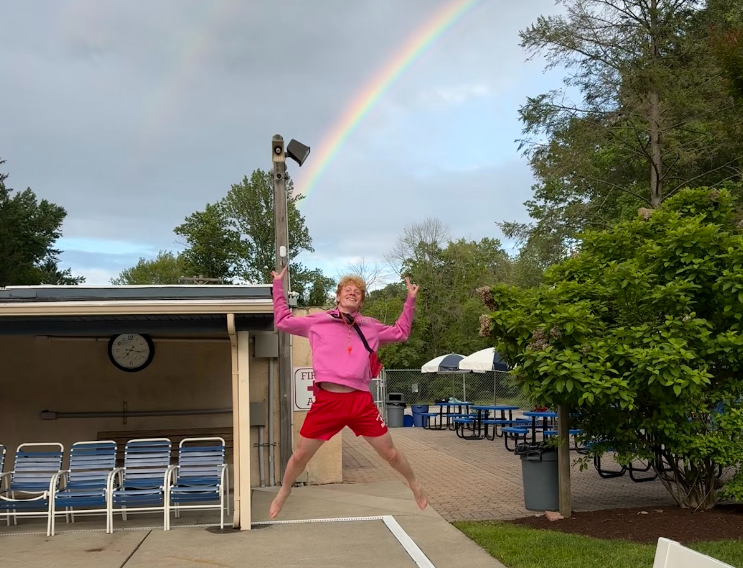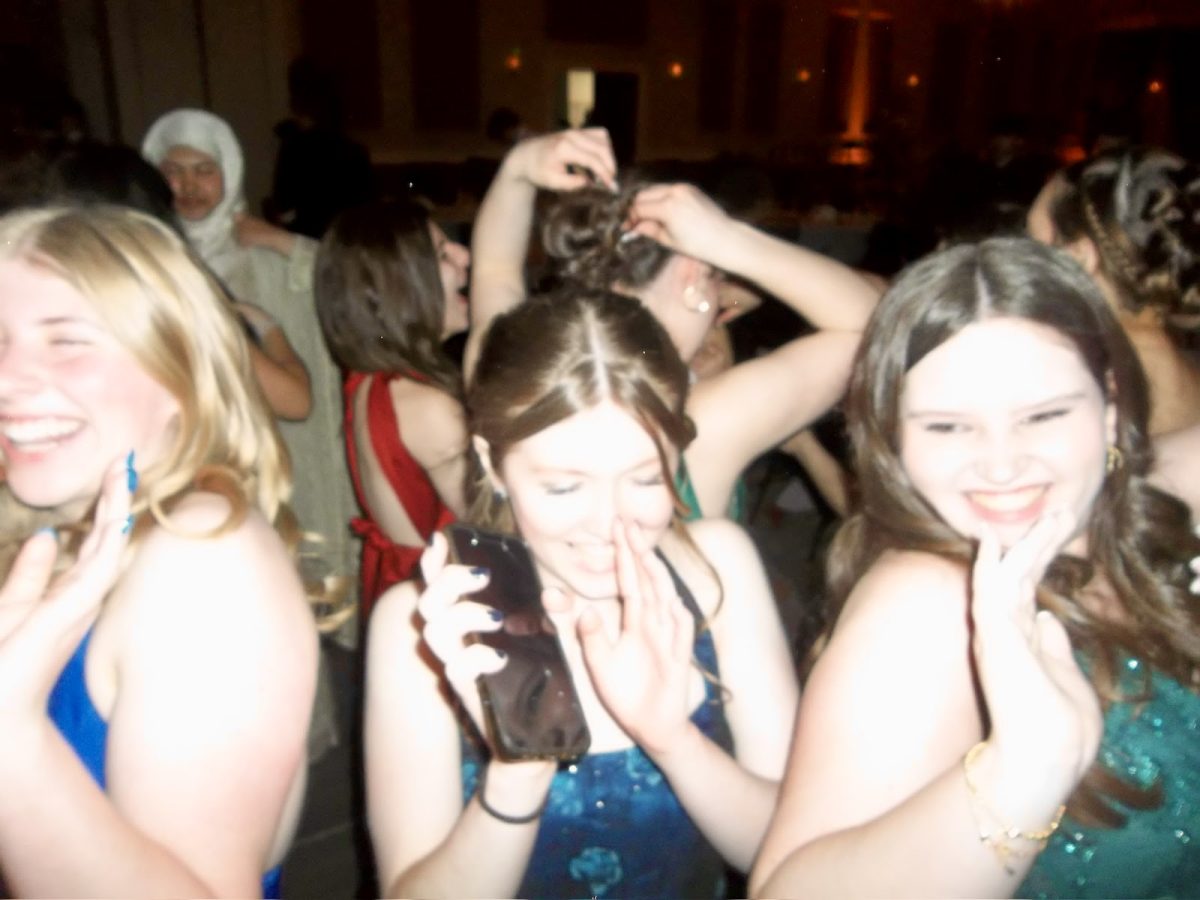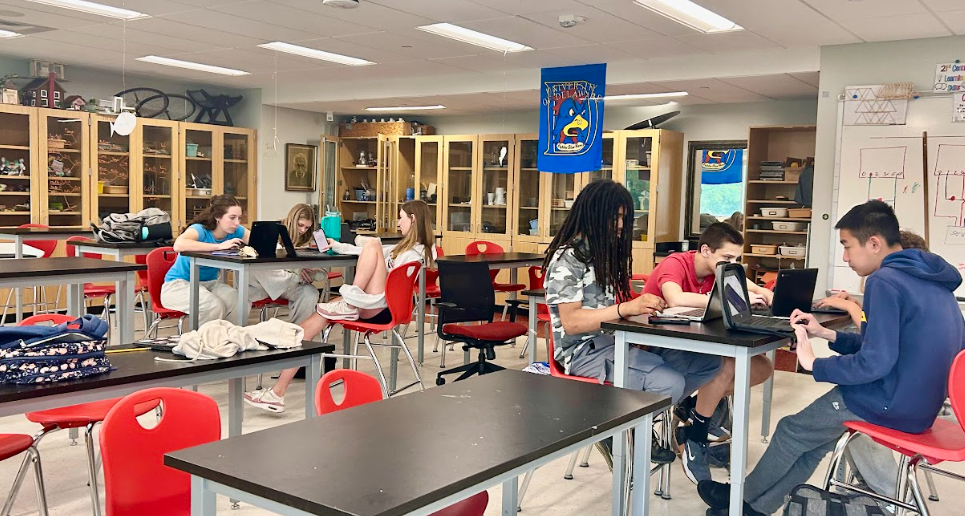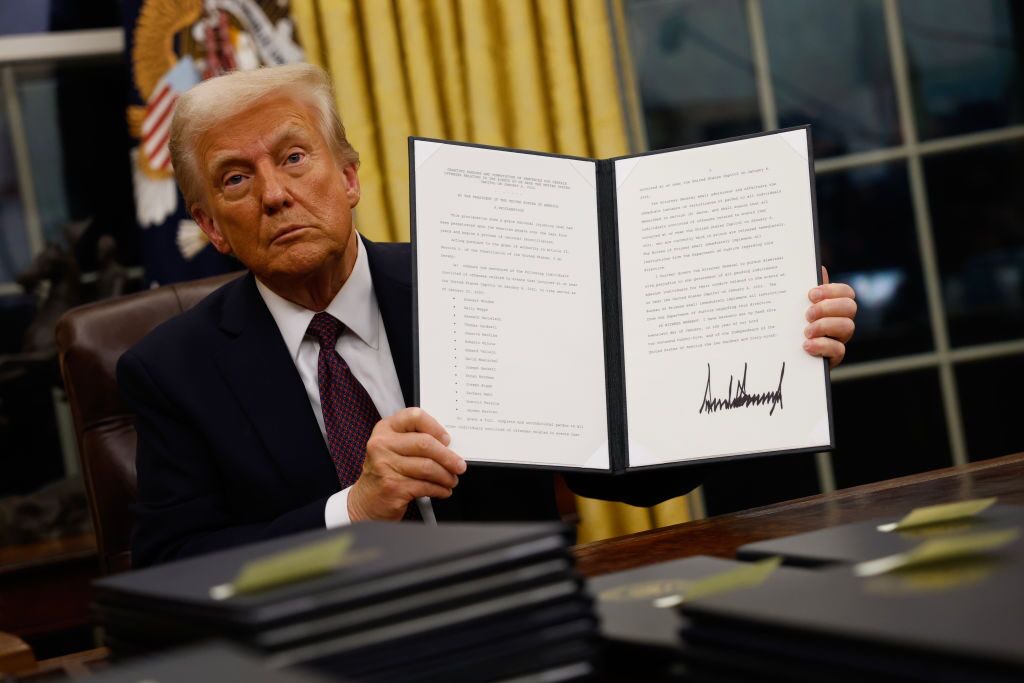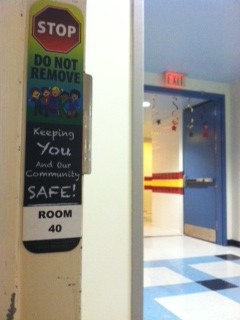
As a result of the Sandy Hook Elementary School shooting in Newtown, Connecticut last December, our school is one of many now preoccupied with perfecting a flawless “lockdown” drill—the school’s plan in the event of an unidentified, possibly armed, intruder.
This lockdown routine now accompanies the monthly (or so we think) fire drills where students evacuate the school and gather outside, simulating an incident in which a fire breaks out. While these drills are certainly necessary to ensure student safety, there are several glaring drawbacks.
In terms of a fire drill, the logistics make no sense. The likelihood that every student, teacher, and faculty member will be able to simply get up, find an exit, and be ushered to safety is impractical. The fire itself has to be somewhere. What do students do if there is a fire in the hallway or a stairwell? Faculty and teachers will not know ahead of time. Will the organized nature of the fire drills remain in the face of real danger? Will high school students listen unquestioningly to their teachers? I doubt it.
As for the lockdown drill, what are we supposed to do in the event that our class has to escape or is about come face to face with an armed trespasser? Surely not quiver in the corner or cower under a desk.
There are no contingency plans or realistic thinking involved in these drills. Students need to be educated in what to do when confronted by actual danger. At this point, it seems as though the administration wants us to simply block out any such thought. The tragic events unfolding in Newtown have made it reluctant to speak about anything so disturbing and unsettling.
Instead, the lockdown and fire drills exist for the appeasement of local and state governments and other entities, but not for actual application. This must change; we need an understanding of what is required in situations where things do not follow “the rules.”
More importantly, the attitude of students during these drills is risky in itself. Students see both drills as opportunities to waste time, miss class, and disrupt the school day. I will be the first to concede that I do as well.
During the fire drill evacuations, students inappropriately engage in conversations with their friends while moving at a leisurely pace down a stairwell or to an exit. We treat lockdowns as a chance to escape our academic responsibilities. The fact that certain classrooms “fail” the inspection by local police testifies to the realistic treatment of such procedures.
This approach to fire and lockdown drills assumes that they are drills, leaving students with the impression that they are always practice. It never crosses their minds that they may actually be in the middle of a crisis. And with that mindset, they put themselves in much greater danger if an emergency actually arises.
This is not to say that we must approach fire drills in silence or act in resolute solemnity during lockdown drills. We simply need to operate with a greater sense of urgency and an understanding of why we go to great pains to practice these procedures. For in the end, they may save lives.



